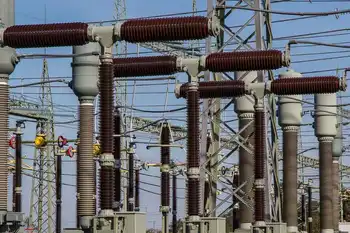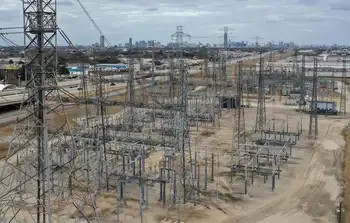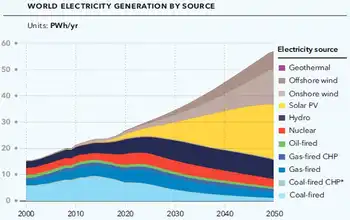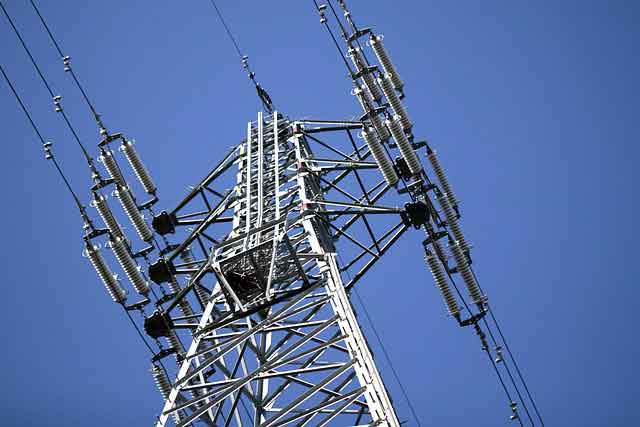How Toronto Hydro has powered a city
An exaggeration, perhaps, but not by a lot. This year marks the 100th anniversary of Toronto Hydro-Electric System, the purveyor of publicly owned power to the 2.5 million people who reside under the 416 area code, occupying nearly 700,000 households, businesses and industries.
It was on May 2, 1911, that Toronto Hydro officially turned on the juice in this city. Since then, "the Hydro" has grown along with Toronto. As the network of grid, transformers and substations has blossomed, some things remain the same.
It's still dependable. Torontonians continue to rely on Toronto Hydro for their electricity, from lamps and laser printers to power mowers and, possibly soon, plug-in cars.
Torontonians still own the utility. Toronto Hydro is a publicly owned power company, a successful model for jurisdictions of various sizes and political persuasions.
"It's basically a partnership between the municipalities and the province," said Blair Peberdy, Toronto Hydro's vice-president of marketing and communications. The company is the city's distributor, ensuring power reaches Torontonians from Ontario's complex network of turbines, nuclear plants, fuel-burning facilities, windmills and solar panels.
The "people's utility" has weathered controversy and change throughout all of its existence. In fact, Hydro got off to a nerve-racking start even on that spring day nearly a century ago.
The festivities to inaugurate the utility started with a banquet at the King Edward Hotel. At 8 p.m. on its inaugural evening, dignitaries marched by torchlight — a dramatic contrast to the coming age of electric lights — and were escorted by white-coated street cleaners to the steps of what is now Old City Hall.
E.M. Ashworth, a Hydro commissioner, recounted the spectacle in a 1950's memoir. He described a "big set piece" above the main door that was "made up of a picture of Niagara Falls. To make the scene more realistic, arrangements had been made for water to pour down the picture," Ashworth wrote.
Sir Adam Beck, who founded Ontario's electricity system, was invited to press the button to turn on the lights and let the water flow, paying homage to the Falls, the power source. But there was a problem.
The water flowed — and kept flowing. It drenched the dignitaries, who fled inside, amusing the crowd below the steps on Bay Street.
There were speeches, but no one could hear them, Ashworth wrote. Think about it: this was before the time of loud speakers.
The establishment of the Toronto Hydro-Electric Company was similarly a touch-and-go affair, mired in political tension, rivalry and controversy even as it was established.
Electric power wasn't new to Toronto in 1911 — private suppliers had set up services in the city as early as the 1880s, shortly after Thomas Edison built the first electricity supply station in New York City. By the early 1900s, there were steam-powered generators in Toronto, which provided power for the city's electrified streetcars and lighting.
The problem was that electricity was expensive, unaffordable to most people.
"Some of the rich had it, but there was more and more pressure to make it available to the general public," said Peberdy.
By 1903, a private consortium run by Sir Henry Pellatt, who later built Casa Loma, was handed a charter by the Ontario government to bring power from Niagara Falls to Toronto for profit. His Toronto Electric Light Company and the Toronto Street Railway controlled electricity distribution until Toronto Hydro opened.
"In the early 1900s, Toronto and other municipalities started lobbying the province to bring the public power from Niagara to their cities so they could set up their own city-owned franchises," Peberdy said.
With Beck orchestrating the legislative moves at Queen's Park, the province set up the structure for Toronto Hydro and other "Local Distribution Companies" or LDCs to be born. The public company's pitch to the people was to offer publicly owned power "at cost" to consumers.
For nearly a decade, through World War I and beyond, Toronto Hydro and private power competed for business. Toronto Hydro was aggressive in developing its customer base, through attractive some might say predatory pricing and also through the building of its system. On some streets, it strung its own wires beside Pellatt's private wires, inviting people to choose.
"They Toronto Hydro were basically trying to drive Pellatt out of business," Peberdy said.
By the early 1920s, Pellatt's company was finished and the privately owned Toronto Street Railway, which ran its own power system, was taken over by the city, its electric works going to Hydro and its streetcars forming the backbone of the Toronto Transit Commission.
Pellatt, by the way, later couldn't afford Casa Loma and moved into his gardener's shed.
During World War I, the utility promoted energy conservation for the first time.
When the war ended, Hydro shifted to promoting electricity use again. It even used a showroom to sell appliances — including lamps, irons, toasters, fridges and stoves.
Through the decades, Toronto Hydro has expanded a power infrastructure so robust that much of it serves Toronto today.
The 1960s and '70s saw the rise of the environmental movement and growing energy prices. Calls to conserve energy have become louder still as prices continue to rise and people worry about air quality and greenhouse-gas emissions.
In addition to environmental concerns, political and economic changes have also impelled Hydro to change with the times. When Toronto's six municipalities amalgamated into the new City of Toronto in 1998, Toronto Hydro absorbed the individual municipal power distributors.
"It was tough," recalled Peberdy. "We went from being in charge of 250,000 meters in the old downtown core to 600,000, and today we have 710,000. There were cultural differences — the next largest company we absorbed, North York Hydro, was only half as big as we were."
There were training and labeling issues, too. Equipment in Scarborough could have a different name than the gear in Etobicoke.
To complicate matters further, Toronto Hydro had to streamline its workforce. This was achieved largely through attrition and retirement. At the time of amalgamation, there were 2,600 employees today that number is down to 1,600.
All of this — the rebuilding, reorganization and rates — has been done in circumstances where everything has changed but one thing: need.
Related News
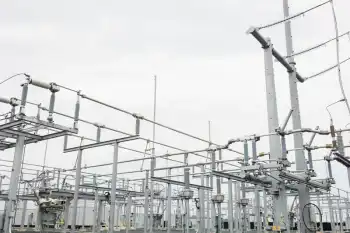
The biggest problem facing the U.S. electric grid isn't demand. It's climate change
NEW YORK - The power grid in the U.S. is aging and already struggling to meet current demand. It faces a future with more people — people who drive more electric cars and heat homes with more electric furnaces.
Alice Hill says that's not even the biggest problem the country's electricity infrastructure faces.
"Everything that we've built, including the electric grid, assumed a stable climate," she says. "It looked to the extremes of the past — how high the seas got, how high the winds got, the heat."
Hill is an energy and environment expert at the Council on Foreign Relations. She served…

